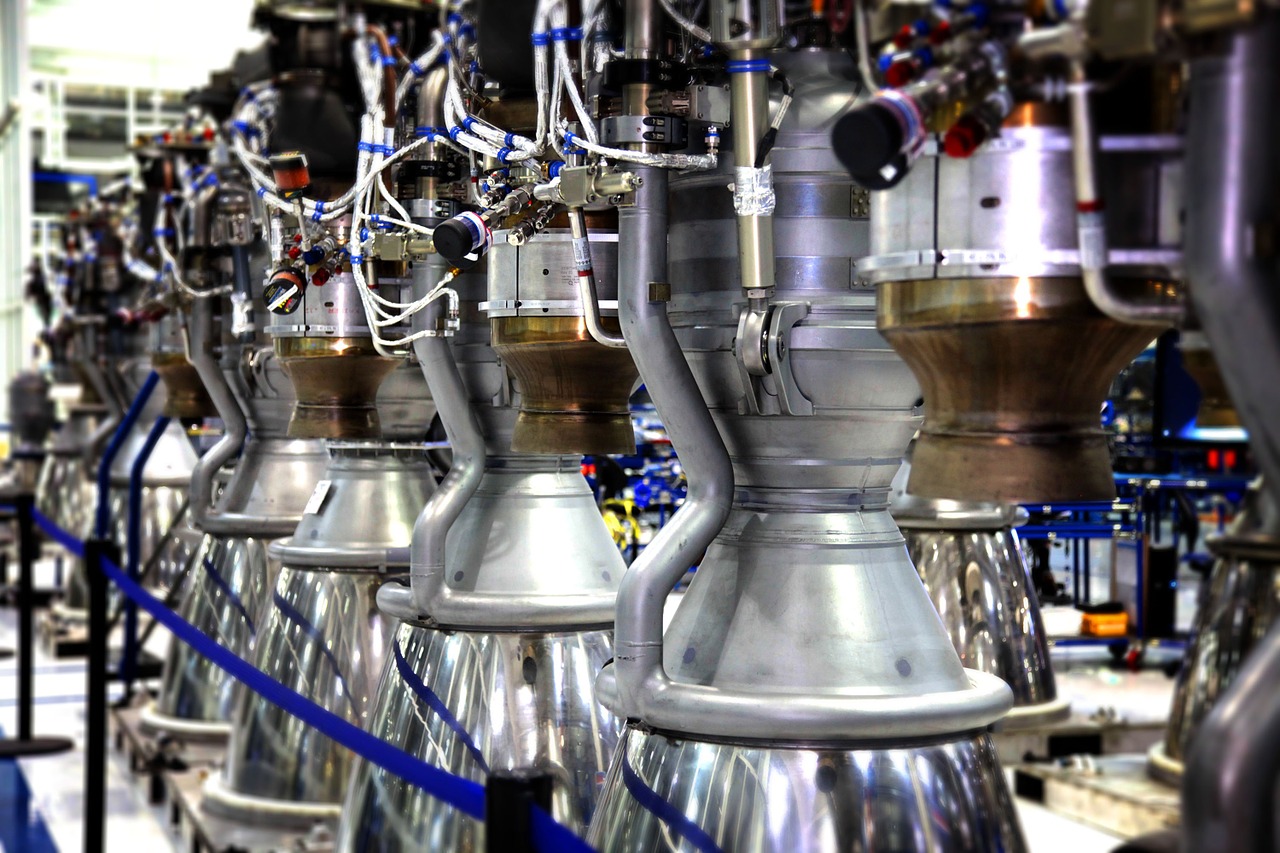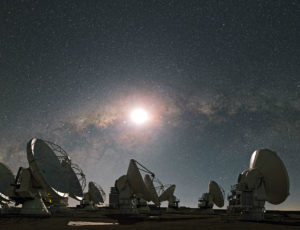
With the BE-4, Blue Origin is now a definite SpaceX Competitor
Blue Origin has successfully conducted a hot-fire test for its BE-4 rocket engine. This shows that Jeff Bezos’ rocket company has made significant progress in its bid to compete with SpaceX as a space tourism provider.
The BE-4 is an enormous rocket engine which was unveiled after six years in development. The engine is Blue Origins first attempt at an engine that will combust a combination of liquid methane and liquid oxygen propellants. Its developers have stated that it can generate a total of 250,000kg of thrust at sea level. Also, the engine is built to be reusable, with a design life of 25 launches and landings. The BE-4 will come in two variants, a first-stage, and a second-stage version. The company is targeting to mount the engine onto a rocket for a launch by 2019.
The New Glenn rocket, a reusable space vehicle currently being developed by Blue Origin, is expected to be powered by seven BE-4s. These new rockets are expected to provide New Glenn rockets with sufficient power to lift heavy payloads including astronauts and equipment into orbit.
Last October 20, Blue Origin conducted the successful hotfire test of the BE-4. This takes them one step closer to flying space tourists into sub-orbit by 2019 on a New Shepard rocket. The successful test also signals the coming of a capable challenger to SpaceX in terms of securing commercial and security launch contracts.
The BE-4 has even attracted the attention of the United Launch Alliance (ULA), a joint venture of two aerospace giants, Boeing and Lockheed Martin. The United Launch Alliance is supposedly studying the BE-4 and considering it for use on their own rocket, the Vulcan. This is due to the fact that Blue Origin’s engine is capable of providing significantly higher amounts of thrust at sea-level than its SpaceX counterpart.










